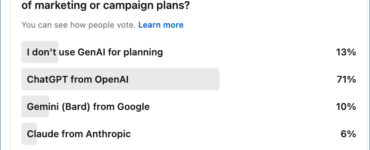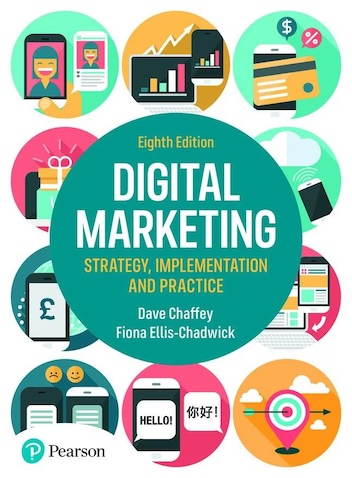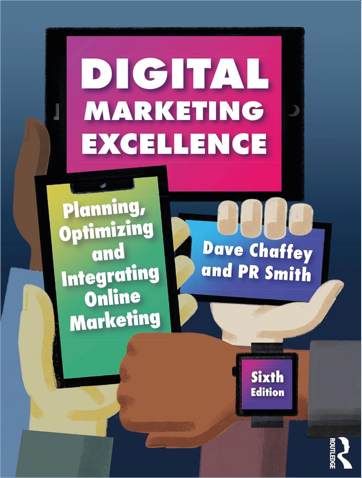The aim of an email contact or communications strategy is create a plan for how you will communicate with prospects and customers to maximize audience engagement and support your marketing goals.
Typically it combines regular newsletter and promotional emails with automated emails using defined rules, so that it is part of an always-on markmarketing plan so that emails can be delivered when most relevant to the audience.
It will typically include different types of emails including:
- Prospect or customer welcome emails
- Prospect nurturing emails
- Reactivation emails to re-engage an audience
- Newsletters
- Promotional emails
Given so many different opportunities to email audiences across the customer lifecycle, a contact strategy is useful to control communications so that their frequency works for the company, but doesn’t inundate subscribers. It requires consideration of personalization and automated emails, so that you may suppress a more general email send in favour of a more specific contextual email to avoid sending multiple emails per day or week which risks losing engagement.
In some types of business, it also requires consideration of integrating other types of channel communications including outbound phone calls, sending direct mail, SMS messaging, retargeting with ads and delivering personalization on the website.
A contact strategy defines and controls:
- Types of automated and manual campaigns emails sent each week or month
- The frequency with which emails are received by an individual
- The cadence or interval with which emails and other communications are sent
- The time emails are sent
- The number of emails received in a given time period
- Preferred channels for communications (some individuals may respond more to SMS or direct mail for example)
It’s a strategy for how you will contact and communicate with your customers and prospects. You can see it will also be informed by targeting criteria and automation strategies that we have considered in other modules.
It creates a clear plan that connects your marketing objectives to how you will build relationships with your customers. It aims to optimise the customer experience for different customer groups across their relationship.
Done properly a contact strategy will support objectives like:
- Conversion from prospect to customer
- Cross- and up-sell
- Nurturing of new customers
- Repeat visits and Advocacy






